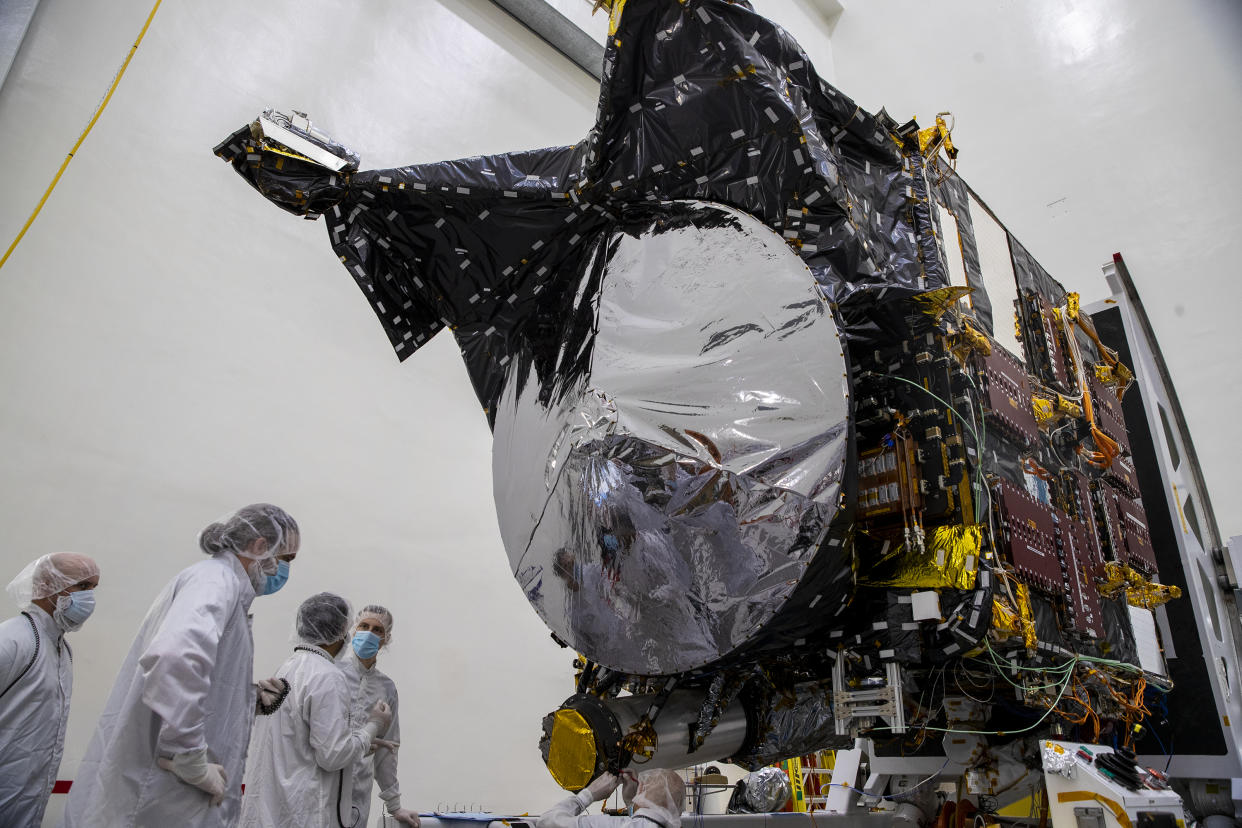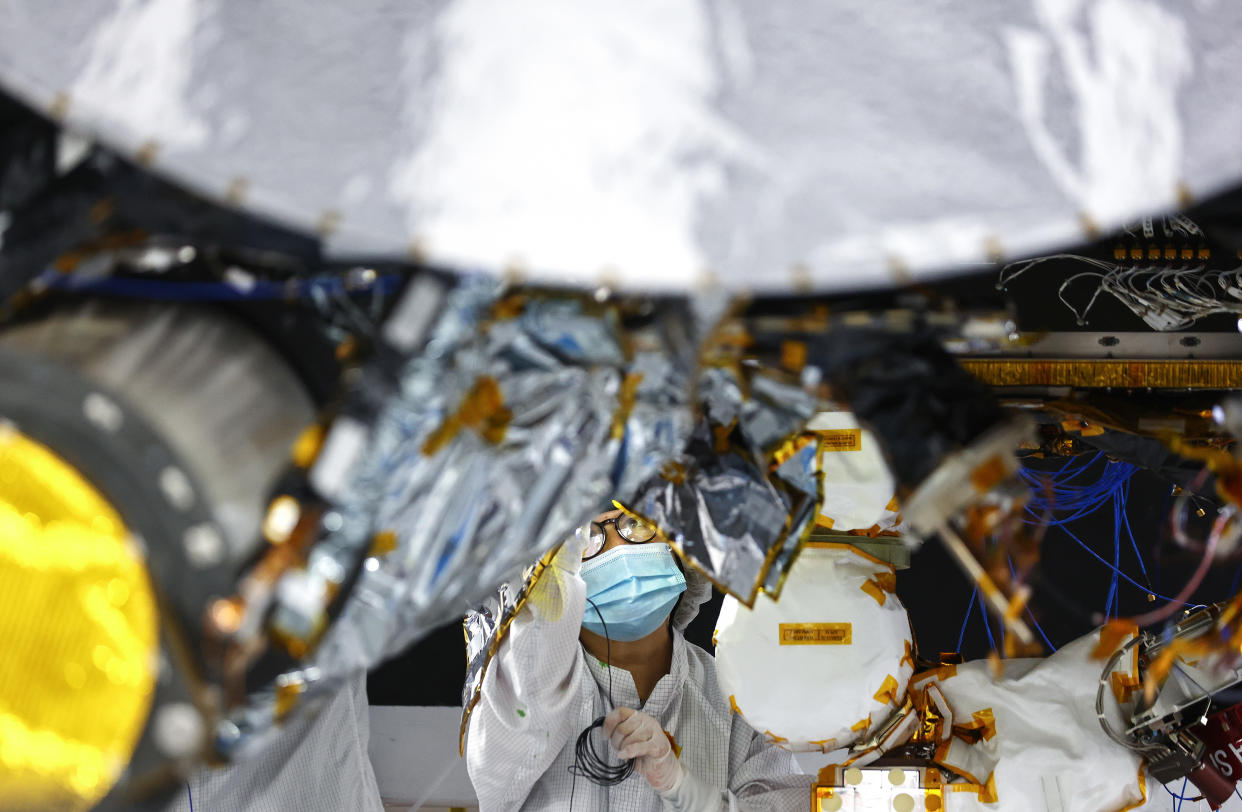Nasa's mission to 'metal asteroid' could reveal what's inside Earth

Nasa will soon launch a mission to a unique metal-rich asteroid that could hold the secrets of what is inside our own planet and how Earth formed.
The earliest possible launch date for the Psyche mission is 5 October, but it could launch at any time during October, targeting a very unique 170 mile (274 km)-wide space rock.
Psyche is a metal-rich asteroid orbiting the sun between Mars and Jupiter.
Scientists believe the rock could be the exposed core of a planetesimal, an early planetary building block.
What do scientists hope to find?
Psyche could offer a unique insight into the interior of terrestrial planets like Earth (something that we currently can’t drill down to find out) and could offer insights into the distant past of our own Earth.
The spacecraft's thrusters passed final tests earlier this summer, and the science instruments – a multispectral imager, magnetometer, and gamma-ray and neutron spectrometer – that will investigate the asteroid Psyche are poised for action.
Read more:
Psyche asteroid that could make everyone a billionaire(The Independent)
Astronomers find closest black hole to Earth (AP)
Lindy Elkins-Tanton, principal investigator for Psyche at Arizona State University, said: "These missions take so many people and so much meticulous, rigorous, personally driven work.
"I am ready to be ecstatic. We all are, but we are not ecstatic yet. Let’s launch and establish communications – then we can scream, jump, and hug each other."

When will we hear answers?
Nasa's Psyche spacecraft will take a spiral path to the asteroid Psyche, using solar electric propulsion to accomplish its six-year journey to the asteroid.
"It's getting increasingly real," said Henry Stone, Psyche's project manager at Nasa's Jet Propulsion Laboratory in southern California. "The team is more than ready to send this spacecraft off on its journey, and it’s very exciting."
Measuring roughly 173 miles at its widest point, the asteroid Psyche presents a unique opportunity to explore a metal-rich body that may be part of a core of a planetesimal, the building block of an early planet.
Once the spacecraft reaches Psyche in the main asteroid belt between Mars and Jupiter, it will spend about 26 months orbiting the asteroid, gathering images and other data that will tell scientists more about its history and what it is made of.
Will everyone become a billionaire?
Psyche might contain minerals worth an estimated $10,000 quadrillion, researchers said this year – and could mark the dawn of a new industry: asteroid mining.
Other researchers are less sure, suggesting the asteroid might consist mostly of iron, possibly in a texture something like steel wool.
But many asteroids are thought to contain vast sources of precious metals. Indeed, Goldman Sachs has predicted that the world’s first trillionaires could be created by a new asteroid 'gold rush'.
The website Asterank measures the potential value of more than 6,000 asteroids tracked by Nasa – and suggests that mining just 10 asteroids chosen for their proximity to Earth could net $1.5trn.


